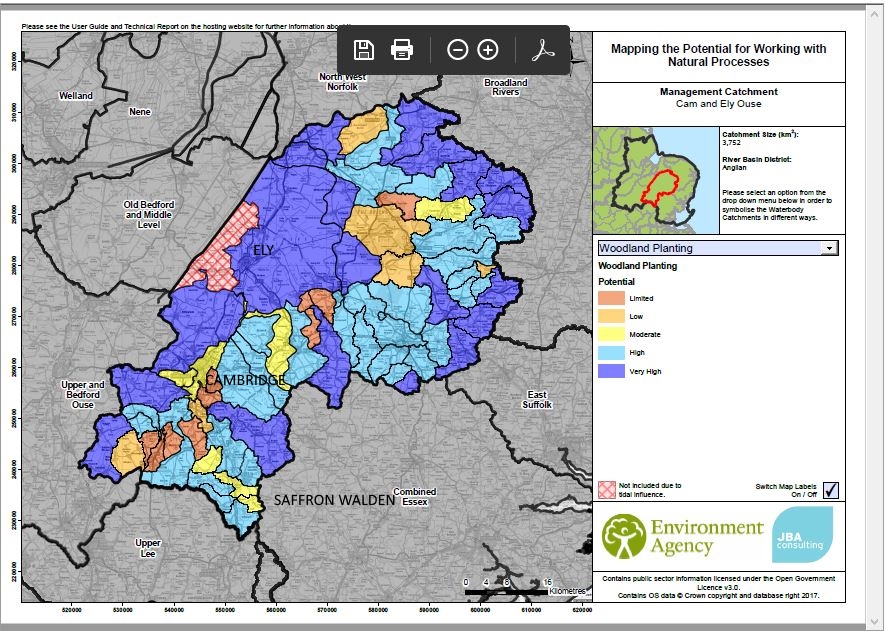 Cam between Littlebury and Little Chesterford, 19 Oct 2019 (c) Mike Foley
Cam between Littlebury and Little Chesterford, 19 Oct 2019 (c) Mike Foley
We are horified to discover that the Environment Agency is proposing, once again, to blanket spray herbicide along large stretches of our precious rivers and streams. We object strongly to this, and urge the EA to put their money and resources to better use.
You can see a summary of our progress (or not) below, and a full log here of the reports that we have received of damage caused by blanket herbicide spraying
Update 26 June 2020
We understand that discussions are ongoing in the Environment Agency and hope for a positive outcome. In the meantime we would welcome any further views and evidence from river users to help us press our concerns home and ensure that the funds earmarked for spraying are instead used for positive work to enhance our rivers.
Update 4 June 2020
In early June, we were horrified to discover that the Environment Agency is proposing, once again, to blanket spray herbicide along large stretches of our precious rivers and streams. They say this is “to maintain sinuosity within the channel to help reduce flood risk”
You can see the full list of sites here:EA herbicide proposals 2020
They sent this out for consultation to selected key conservation organisations a few weeks ago, with a deadline for responses of 5 June. However, as many staff are on furlough, it has only just come to our attention.
You can read our formal consultation response here

